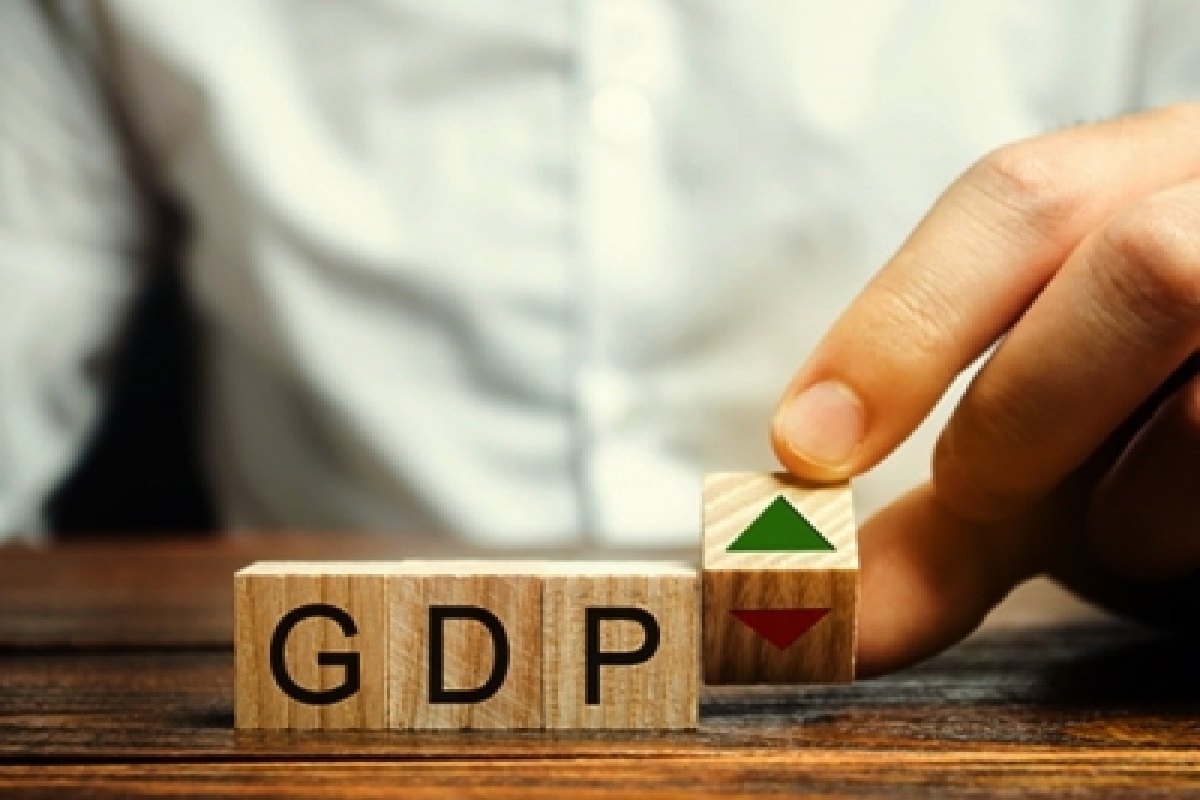Nirmala Sitharaman meets World Bank President, discusses key issues
Both sides discussed issues related to private capital participation in Global Public Goods, Energy security, and Multilateral Development Banks (MDBs) reforms.
This revision comes amid expectations of stronger economic performance, driven by key factors such as private consumption and investment.

Representation image (Photo: IANS)
The World Bank raised growth forecast for India’s economy to 7 per cent for the current financial year, up from an earlier projection of 6.6 per cent.
This revision comes amid expectations of stronger economic performance, driven by key factors such as private consumption and investment.
As per the World Bank report, while the economy remains resilient, achieving the ambitious goal of $1 trillion in merchandise exports by 2030 will require strategic diversification and deeper integration into global value chains.
Advertisement
It expects a gradual increase in private investment and a recovery in consumption. Meanwhile, it pointed out that job creation remains the main challenge to India’s economic growth.
The World Bank said the urban unemployment rate remains high at an average of 17 per cent.
Despite global economic uncertainties, India’s growth prospects continue to be resilient.
As per the World Bank’s latest India Development Update (IDU), the country’s economy has maintained strength, driven by factors such as improved monsoon conditions and a recovery in private consumption.
Ran Li, a senior economist at the World Bank, highlighted that these factors have contributed to an upward revision of India’s gross domestic product (GDP) forecast.
“India’s robust growth prospects, along with declining inflation, will contribute to reducing extreme poverty,” said Auguste Tano Kouame, the World Bank’s country director in India.
“To further accelerate growth, India needs to harness its global trade potential. Beyond its strengths in IT, business services, and pharmaceuticals, India should diversify its export basket by expanding in sectors such as textiles, apparel, footwear, electronics, and green technology products.”
The World Bank report said India’s external economic indicators have shown improvement. The current account deficit has narrowed, and foreign exchange reserves reached an unprecedented high of $670.1 billion in early August, equivalent to over 11 months of import cover.
These positive trends reflect India’s growing economic stability, even as it navigates a complex global environment.
Further, the World Bank projects India’s medium-term economic outlook will remain positive, with growth expected to reach 7% in FY25 and maintain strength in subsequent years.
Fiscal consolidation efforts and robust revenue growth are expected to reduce the debt-to-GDP ratio from 83.9% in FY24 to 82% by FY27.
The current account deficit is forecast to remain between 1% and 1.6% of GDP through FY27.
Advertisement